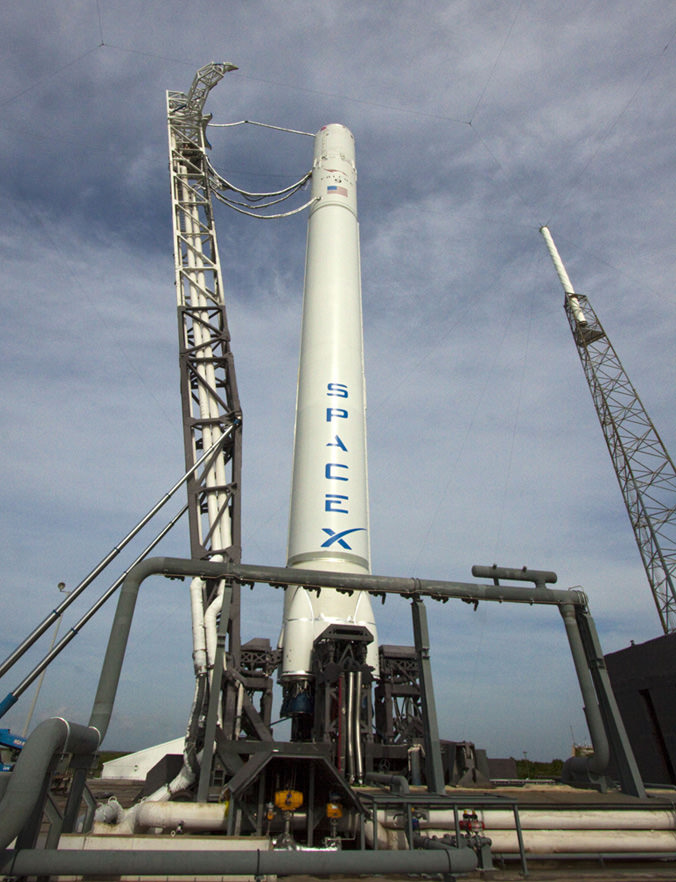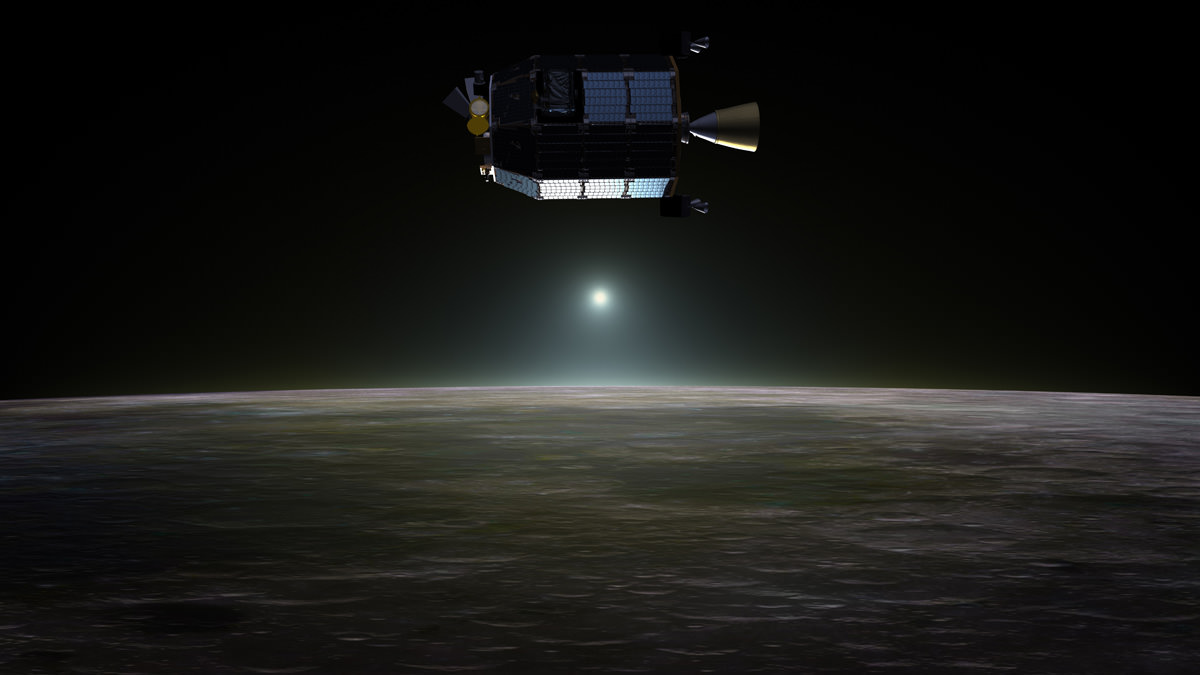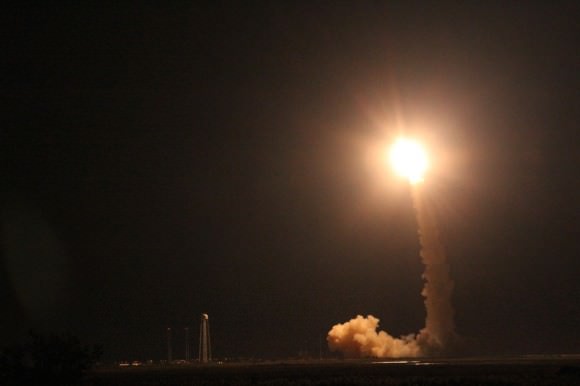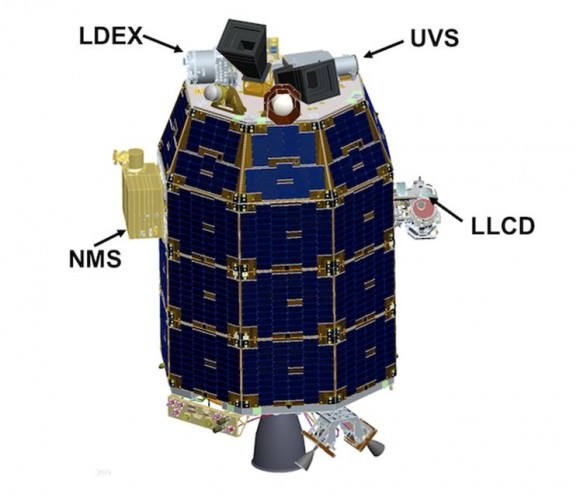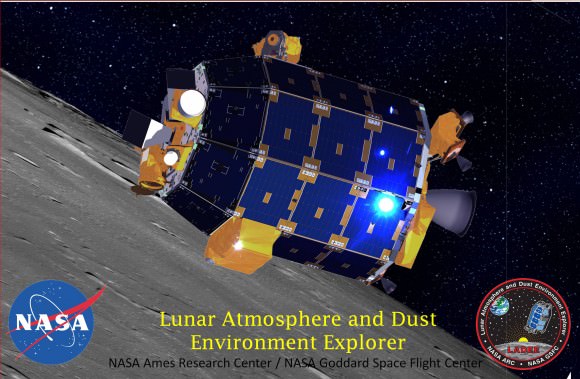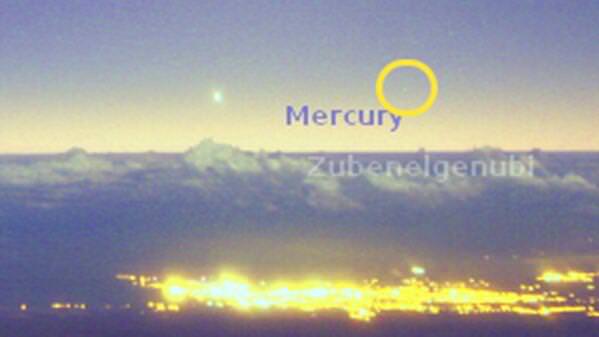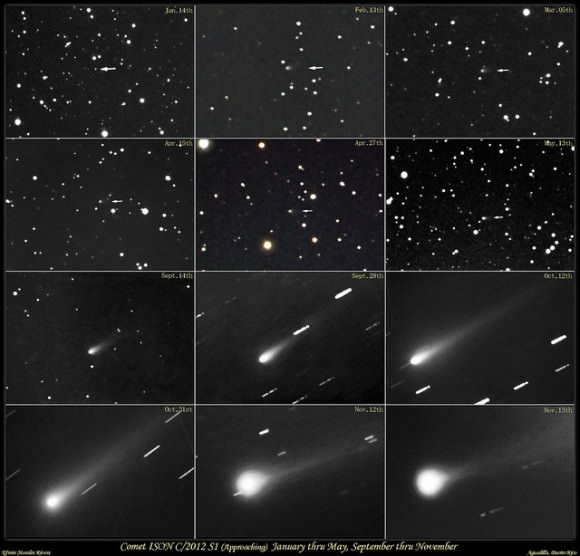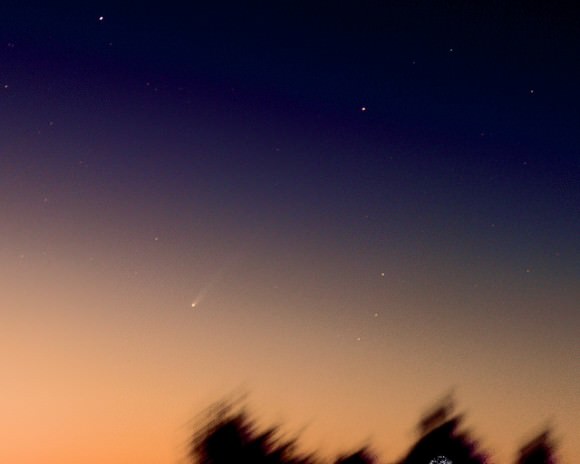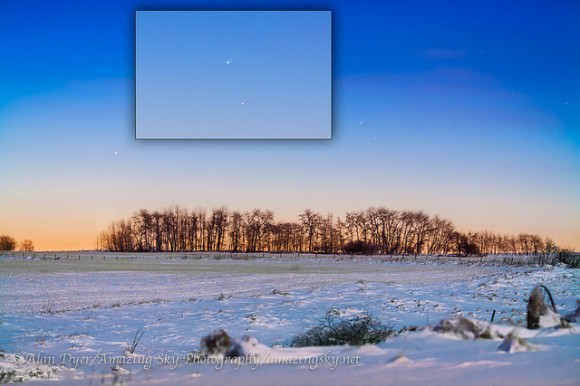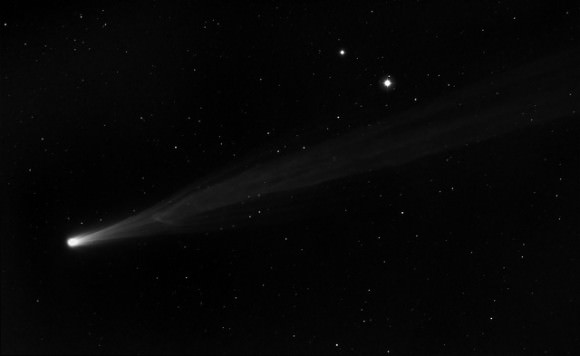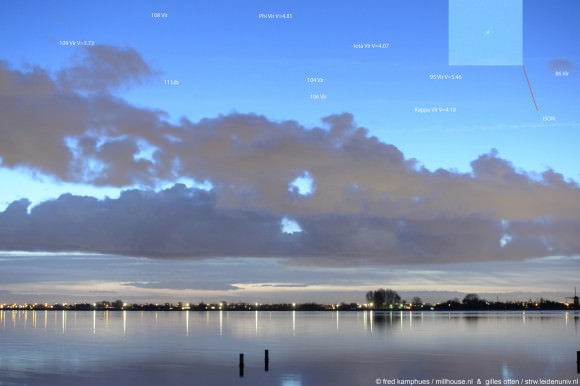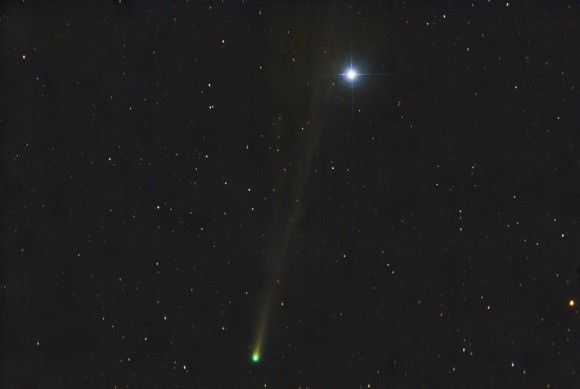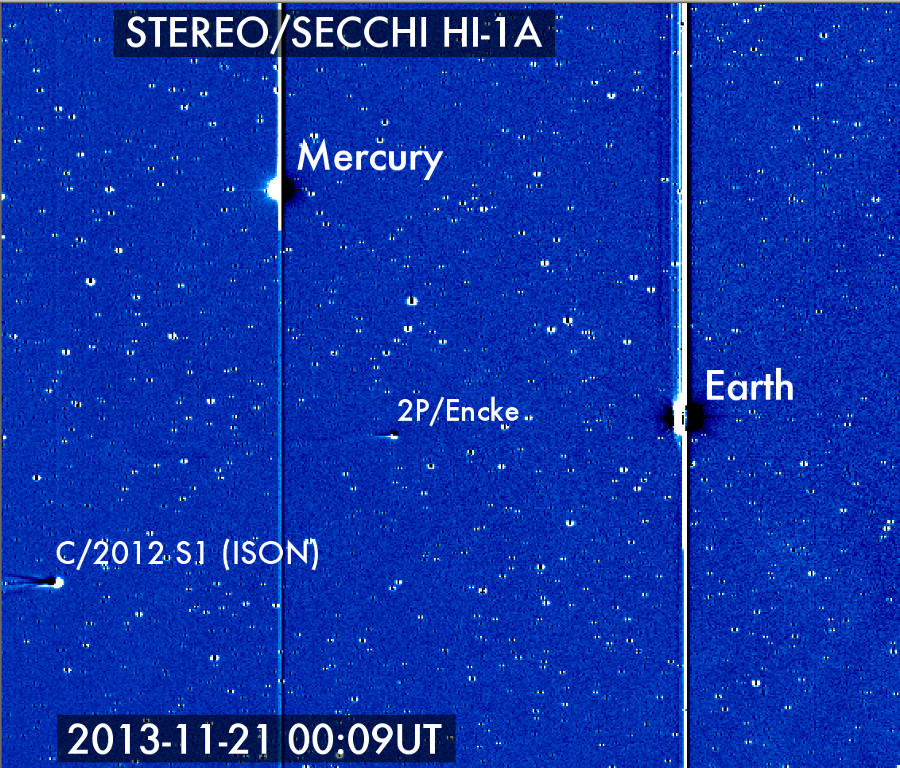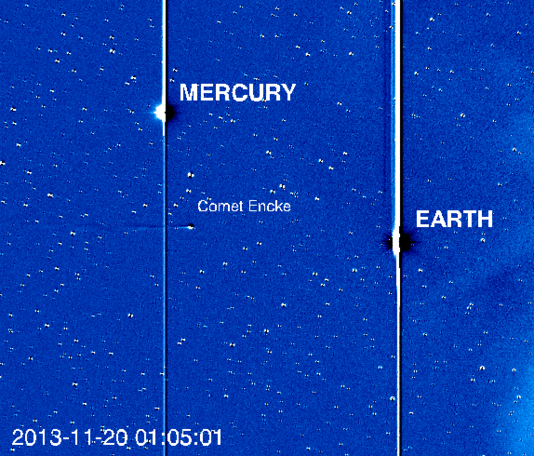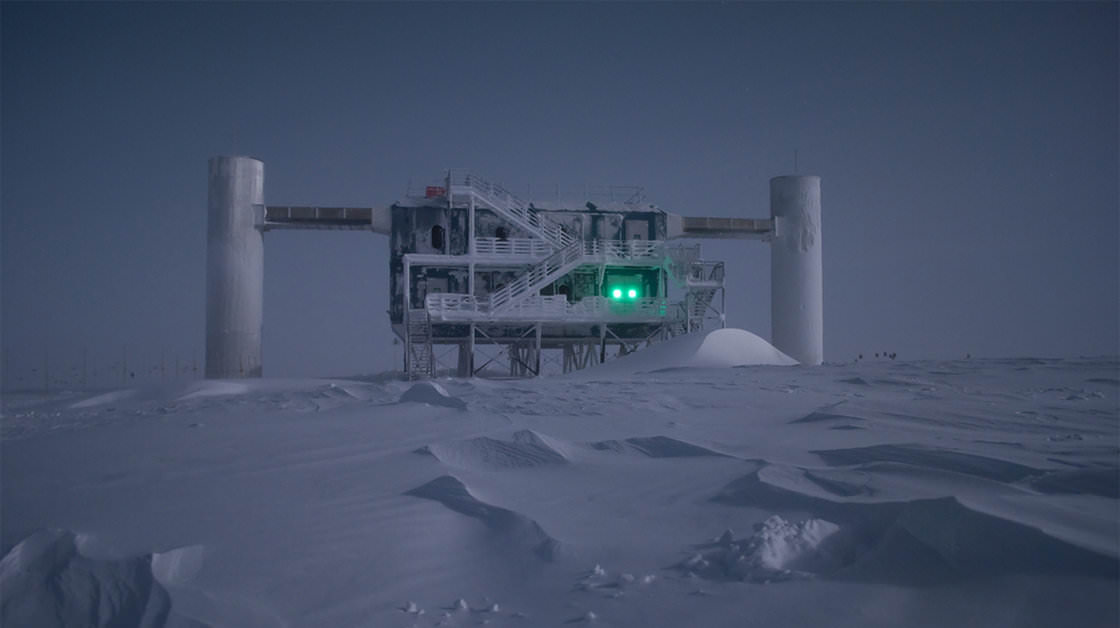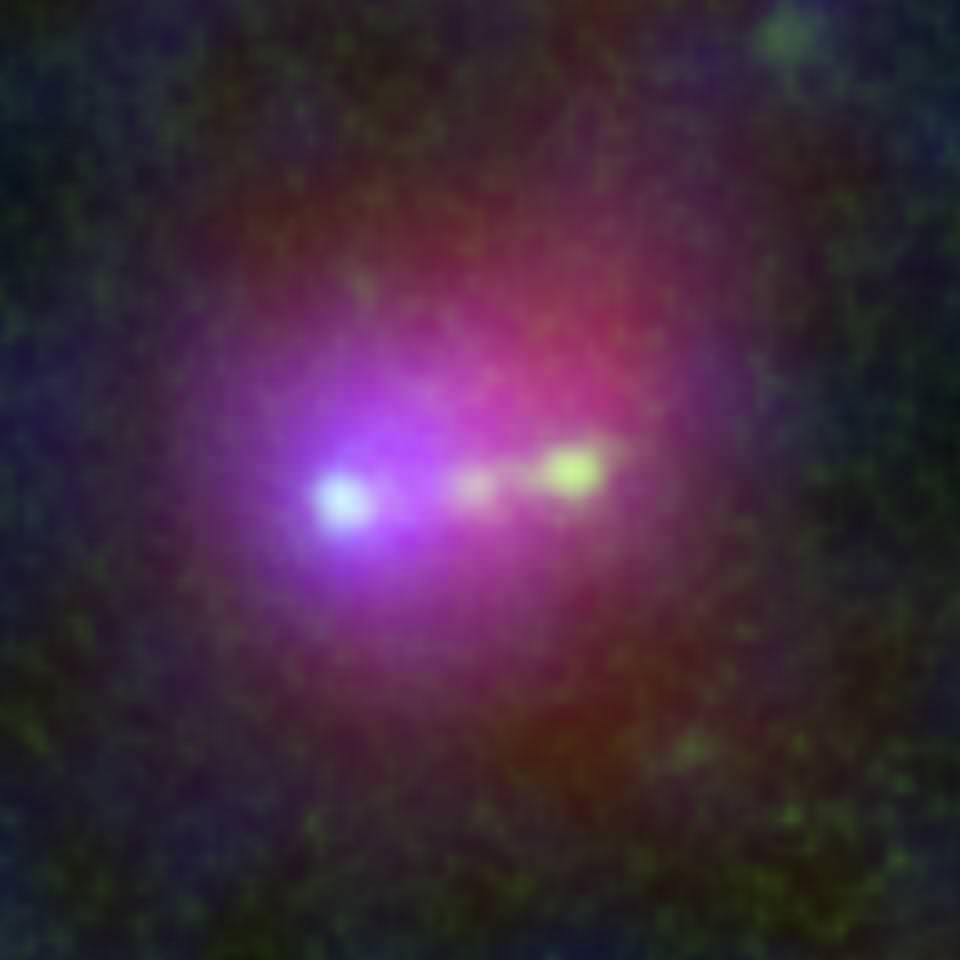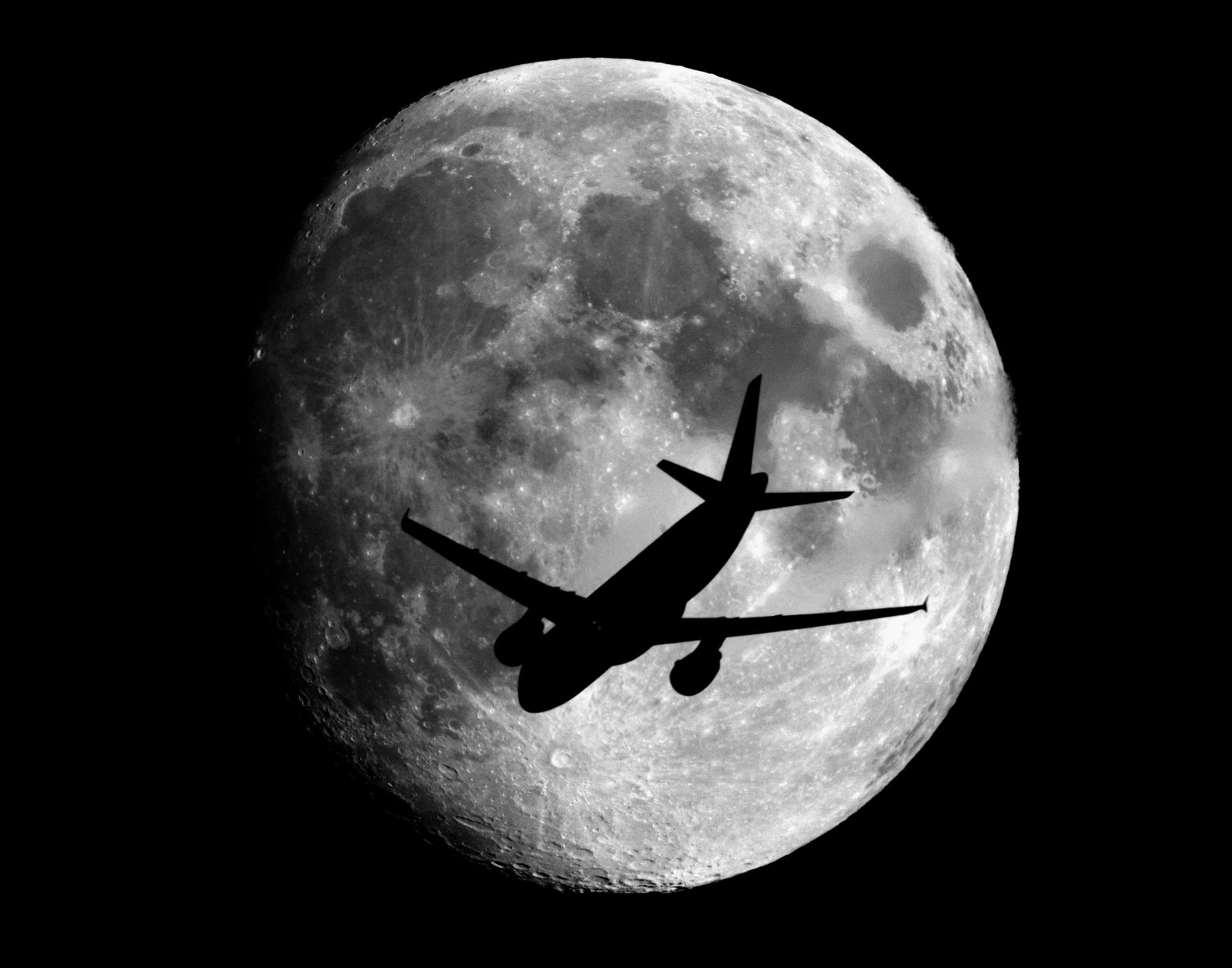Falcon 9 during processing at Cape Canaveral Pad 40 ahead of launch scheduled for Nov. 25, 2013. Credit: SpaceX
See live SpaceX webcast link below[/caption]
CAPE CANAVERAL, FL – The maiden flight of the Next Generation commercial SpaceX Falcon 9 rocket from the firms Cape Canaveral launch facility is set to soar to space on Monday afternoon, Nov. 25 on a ground breaking mission that will be most difficult ever.
The upgraded Falcon 9 booster is slated to haul the commercial SES-8 telecommunications satellite for the satellite provider SES for SpaceX’s first ever payload delivery to a Geostationary Transfer Orbit (GTO).
Liftoff is scheduled for 5:37 p.m. EST from SpaceX’s Space Launch Complex 40 pad at Cape Canaveral Air Force Station.
Pad 40 is the same location as all prior SpaceX launches from the Florida Space Coast.
SpaceX CEO Elon Musk tweeted that this launch of the Falcon 9 will be the “toughest mission to date.”

This mighty new version of the Falcon 9 dubbed v1.1 is powered by a cluster of nine of SpaceX’s new Merlin 1D engines that are about 50% more powerful compared to the standard Merlin 1C engines. Therefore it can boost a much heavier cargo load to the ISS, low Earth orbit and beyond.
The next generation Falcon 9 is a monster. It’s much taller than a standard Falcon 9 – some 22 stories tall vs. 13 stories.
In anticipation of Monday’s planned liftoff, SpaceX engineers successful completed a wet dress rehearsal and engine hotfire test this past Thursday.
Spectators can view the launch from local public areas, beaches and roads – just as with any other liftoff.
The launch window extends just over an hour until 6:43 p.m. EST.
Weather outlook is 80% favorable at this time but deteriorates in case of a 1 day delay to Tuesday.
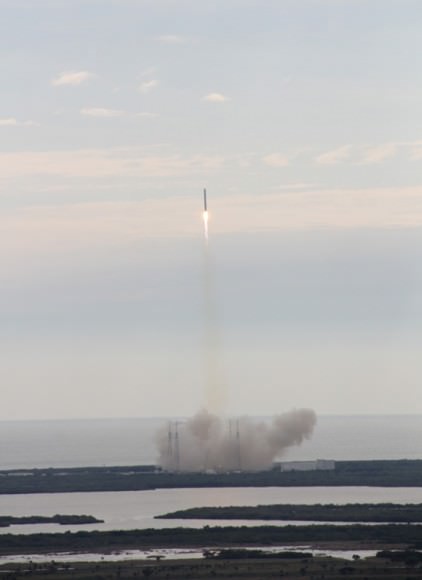
SpaceX is planning a live webcast of the launch with commentary from SpaceX corporate headquarters in Hawthorne, CA.
The broadcast will begin at approximately 5:00 p.m. EDT and include detailed discussions about the Falcon 9 rocket, launch and flight sequences as well as about the SES- 8 satellite.
The webcast can be viewed at; www.spacex.com/webcast
The first launch of this next generation Falcon 9 v 1.1 rocket occurred on Sept 29, 2013 on a demonstration test flight from a SpaceX pad at Vandenberg AFB carrying a Canadian weather satellite to an elliptical earth orbit.
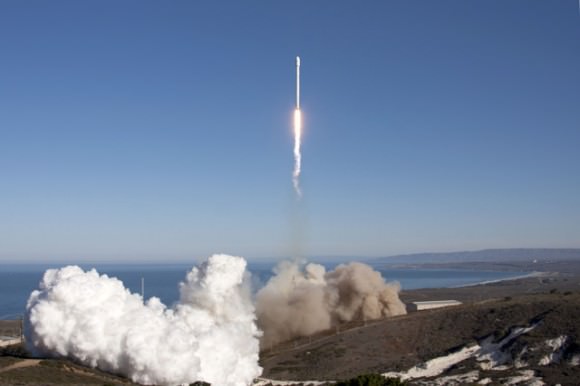
SES-8 is a hybrid Ku- and Ka-band spacecraft that will provide communications coverage for the South Asia and Asia Pacific regions.
It was built by Orbital Sciences spacecraft, weighs 3,138 kg (6,918 lbs) and will be lofted to a 295 x 80,000 km geosynchronous transfer orbit inclined 20.75 degrees.
Stay tuned here for continuing SpaceX & MAVEN news and Ken’s SpaceX launch reports from on site at Cape Canaveral & the Kennedy Space Center press site.
…………….
Learn more about SpaceX, LADEE, MAVEN, MOM, Mars rovers, Orion and more at Ken’s upcoming presentations
Nov 22-25: “SpaceX launch, MAVEN Mars Launch and Curiosity Explores Mars, Orion and NASA’s Future”, Kennedy Space Center Quality Inn, Titusville, FL, 8 PM
Dec 11: “Curiosity, MAVEN and the Search for Life on Mars”, “LADEE & Antares ISS Launches from Virginia”, Rittenhouse Astronomical Society, Franklin Institute, Phila, PA, 8 PM

